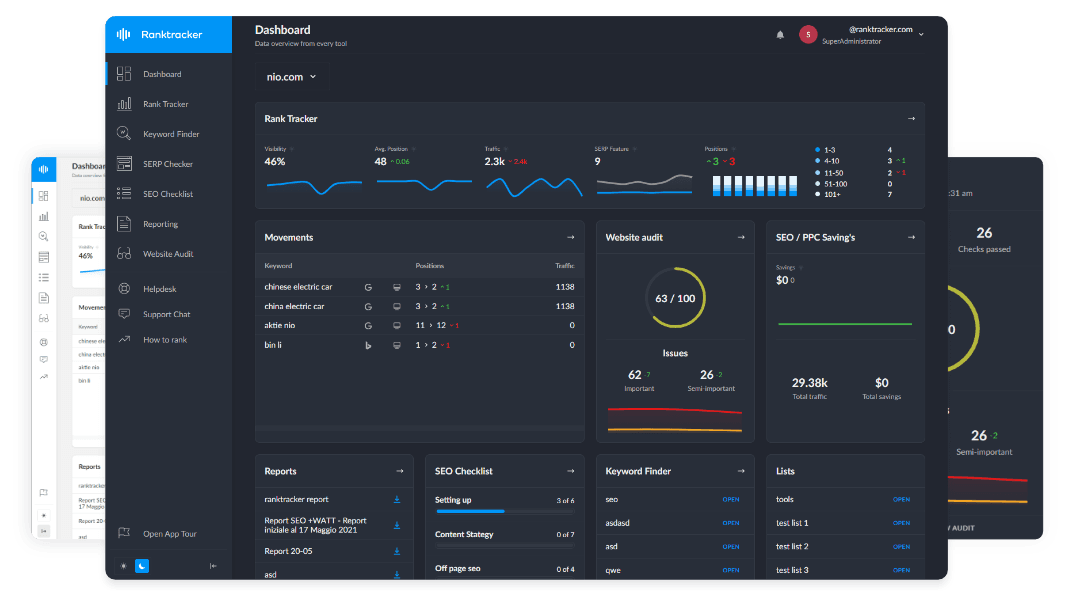Intro
The Supplemental Index refers to a secondary index in Google Search where low-priority, duplicate, or low-quality pages are stored. While these pages are still indexed, they are less likely to appear in highly competitive search results unless no better alternatives exist.
How It Works:
- Google prioritizes pages in the main index for primary search queries.
- Pages in the supplemental index are considered less relevant or redundant.
- Supplemental results may still appear in SERPs, but only when relevant main-index pages are lacking.
Why Do Pages End Up in the Supplemental Index?
1. Thin or Low-Quality Content
- Short, non-informative pages with little value.
- Auto-generated or duplicate content.
2. Duplicate or Near-Duplicate Content
- Multiple pages with similar titles and meta descriptions.
- E-commerce sites with identical product descriptions.
- Improper use of canonical tags.
3. Poor Internal Linking Structure
- Orphan pages (no internal links pointing to them).
- Pages buried deep within the website (e.g., over 3 clicks from the homepage).
4. Slow Page Load Speed & Poor UX
- Pages with high bounce rates and low engagement.
- Unoptimized images, scripts, or excessive redirects.
5. Excessive Duplicate Meta Tags
- Pages with identical meta titles and descriptions across multiple URLs.
How to Check If Your Pages Are in the Supplemental Index
- Use Google Search Console:
- Check the Coverage Report for "Crawled - Currently Not Indexed" pages.
- Run a site:yourdomain.com query on Google:
- Look for results labeled "supplemental results" (rare but may still show).
- Use Ranktracker’s Web Audit Tool:
- Identify weak, duplicate, or thin content pages.
How to Recover Pages from the Supplemental Index
✅ Improve Content Quality
- Expand thin content with in-depth information, visuals, and expert insights.
- Use unique content rather than duplicate or AI-generated text.
✅ Optimize Internal Linking
- Ensure important pages are linked from high-authority sections.
- Use contextual anchor text to strengthen relevance.
✅ Fix Duplicate Content Issues
- Implement canonical tags on similar pages.
- Use 301 redirects for redundant URLs.
✅ Enhance Technical SEO
- Improve page speed by compressing images and minimizing scripts.
- Fix crawl errors and eliminate unnecessary redirects.
✅ Refresh & Update Old Content
- Regularly update outdated articles.
- Add new case studies, examples, and references.
Conclusion: Keep Your Pages in the Main Index
Pages in the supplemental index struggle to rank, but with content optimization, internal linking, and technical SEO fixes, you can recover their search visibility.
To monitor and enhance your site’s SEO performance, check out Ranktracker’s SEO tools and stay ahead of Google’s indexing updates!

